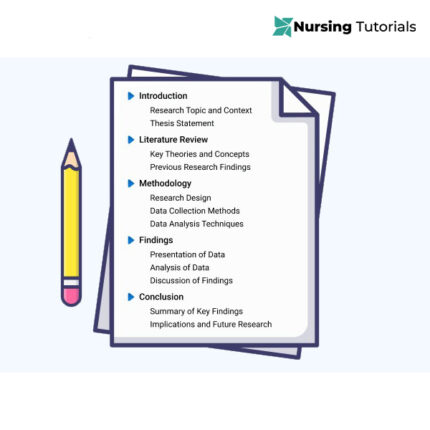Capella Nurs – FPX 4000 Assessment 5
Executive Summary
- The paper explains a healthcare issue using relevant evidence from past scholarly sources.
- It analyses the selected healthcare issue.
- It provides and contrasts potential interventions to the identified issue.
- It outlines the ethical principles such as non-maleficience, justice, beneficence and autonomy as they relate to the potential solutions mentioned.
- It also explains how a presented solution will benefit or help to improve a selected healthcare topic or issue as it relates to at least one of the Four Spheres of Care.
$45.00 Original price was: $45.00.$10.00Current price is: $10.00.
Capella Nurs – FPX 4000 Assessment 5
Introduction
The opioid epidemic is a current community health burden in the United States, initiated by the massive abuse of prescription and illicit opioids, which leads to significant morbidity and mortality. More than 100,000 people die every year due to an overdose, and most of them involve opioids (CDC, 2024). In this paper, the causes of the epidemic, such as overprescription and socioeconomic reasons, and the effects it has had on various groups of people, are analyzed. It considers the possible solutions, including the need to expand medication-assisted treatment, and the ethical considerations that include beneficence, nonmaleficence, autonomy, and justice. The evaluation is also based on how the solution affects the Four Spheres of Care, especially in the area of management of chronic diseases, in order to make effective interventions.
Explanation of the Opioid Epidemic
The opioid epidemic in the United States is a pressing major health issue that is characterized by a massive misuse, rising occurrences of overdose mortality, and opioid use disorder (OUD). The epidemic has resulted in the deaths of more than 100,000 annually due to overprescription, intensive marketing of pharmaceutical products, and an influx of synthetic opioid medications, 68% of opioid-related overdoses in 2017 (Beseran et al., 2022). The communities that are most affected are rural and economically disadvantaged, and the lack of access to healthcare only worsens the consequences, such as neonatal abstinence syndrome and infectious diseases related to injection use.
Moreover, the socioeconomic issues such as poverty and unemployment increase the vulnerability, and log-linear models reveal a 6-fold increase in the overdose mortality between 1999 and 2017, with American Indian/ Alaska Native and non-Hispanic White populations being the most vulnerable groups (Kleinman, 2022). Genetic inclinations play a role as OUD risk factors, and about 50 per cent of the risk is increased by environmental stressors such as trauma and mental health problems. The cost in terms of the economy is higher than 1 trillion a year in healthcare expenditure and missed productivity. The solution to this crisis requires more medication-assisted therapy and harm reduction approaches to reduce damage but retain acceptable pain management.
Analysis of the Opioid Epidemic
The opioid epidemic, as an epidemic of widespread public health, is manifested in a wide range of contexts, such as cities where illicit drug trafficking is widespread and rural areas with low access to healthcare, enhancing the risk of overdose and treatment disparity. In rural areas, limited centres of addiction treatment and financial hardship make people more vulnerable, whereas city life is problematic due to the spread of fentanyl. This problem is personally relevant because its effect on patient safety is so detrimental, and there is an ethical necessity to respond to preventable harm as a healthcare professional. As demonstrated in CDC (2024), there have been ripple effects of the epidemic that have caused over 100,000 annual deaths via an overdose and economic damages up to one trillion, which highlights the urgency of the epidemic



